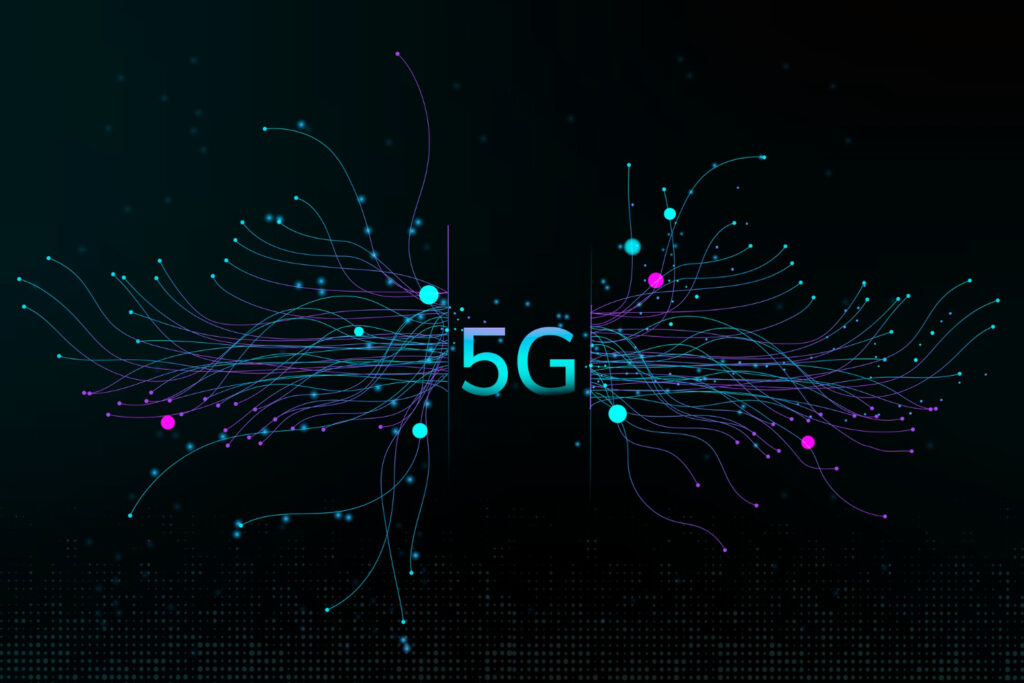Table of Contents
There are no doubts that 5G will inevitably change the way we live and do business. Some people even compare the launch of this technology to the invention of the Internet — such a great impact 5G is expected to have on the world as we know it today. In this context, 2019 is a crucial year because we are going to move from dreams and words to observations and actions.
As of today, several 5G networks are already launched in the US and South Korea. And although their coverage is still rather insignificant, we have all reasons to believe that the global commercial release of 5G will take place no later than 2020.
5G has arrived, and on #Android
For businesses in all industries, this means that the preparatory work should start today. In this article, we’ll explain what 5G actually means, how it differs from current technologies and what actions you can do to be ready to embrace the changes it will bring.
What is 5G network?
The abbreviation “5G” stands for the 5th generation of mobile data technology. Its final goal is to replace 4G which is the previous generation of mobile networks. The 4G technology is also sometimes written together with the word “LTE” which means “long-term evolution”. This is because the 4G connectivity standards were quite hard to reach immediately. So operators that didn’t achieve them but offered much better speed than 3G were allowed to label their technologies “4G LTE”. In simple words, it can be interpreted as “a technology that is close to reaching 4G standards”.
The main difference between 4G and 5G is that the latter operates on the high-band spectrum in addition to low-band and mid-band spectrums which are used for the networks belonging to the previous generations. While the change may seem insignificant, it will result in many benefits for Internet users.
Key advantages of 5G over 4G
The list of benefits 5G has is literally endless and it is not limited just to increased speed. It’s also worth mentioning that most of such benefits are more important for businesses rather than individual users. The reason is that the level of services 4G technology offers is currently quite high and, thus, it satisfies most connectivity needs ordinary people have.
At the same time, it’s vital for businesses to continuously optimize processes, cut costs, and improve products and services. All of these aspects heavily depend on innovations and new technologies. So let’s take a look at the main advantages 5G has.
Advanced speed. It’s expected that the speed offered by 5G would be up to 100 times higher compared to 4G. So for example, with 5G, you’ll be able to download a file weighting 10GB in less than 10 seconds.
Reduced response time. With 5G, latency will be so low that users won’t be able to notice any lags and delays. The response time is going to be 1 millisecond that is about 400 times faster than a blink of an eye!
Greater capacity. 5G networks have greater capacity so they can reliably support a huge number of applications simultaneously. This means that you can automate an entire plant and there will be no problems with overloads and dropped connectivity.
Bespoke networks. The 5G technology allows its users to own their own bespoke networks that are tailored to the requirements to connectivity they have. This is possible due to network slicing — a technique used by an operator to create separate networks on the cloud.
How businesses can benefit from 5G
Generally speaking, 5G technology will transform and enhance the way we do business on both — micro and macro levels. The productivity will increase exponentially and so will the global competition. On top of that, not only will new products and services be invented, but also entire industries will emerge.
Of course, it’s impossible to fully anticipate the future. Yet, as professionals in the tech industry, we feel ourselves in a position to make some predictions based on the information we have today.





How to prepare for 5g: a to-do list
While 5G may still sound quite futuristic for many people, it’s estimated that about 50 percent of US users will get access to it in the next four years. Here are some steps you can take today to embrace this future with confidence:
- create a digital strategy and consider 5G in it
- check your existing systems on their readiness to transit to 5G
- start transferring your systems and services to the cloud
- think about new tech opportunities for your business opened up due to 5G availability
Wrapping-up
It goes without saying that any new software product you’re going to develop should be created with 5G in mind. This new technology is a real breakthrough that opens doors to numerous opportunities for businesses in all industries, including manufacturing, pharmaceutical & healthcare, retail, telecom, agriculture etc. Obviously, it will take some time before 5G becomes widespread. But the good news is that you still have a year or so to adapt your digital strategy and IT environment to the new conditions it creates.








